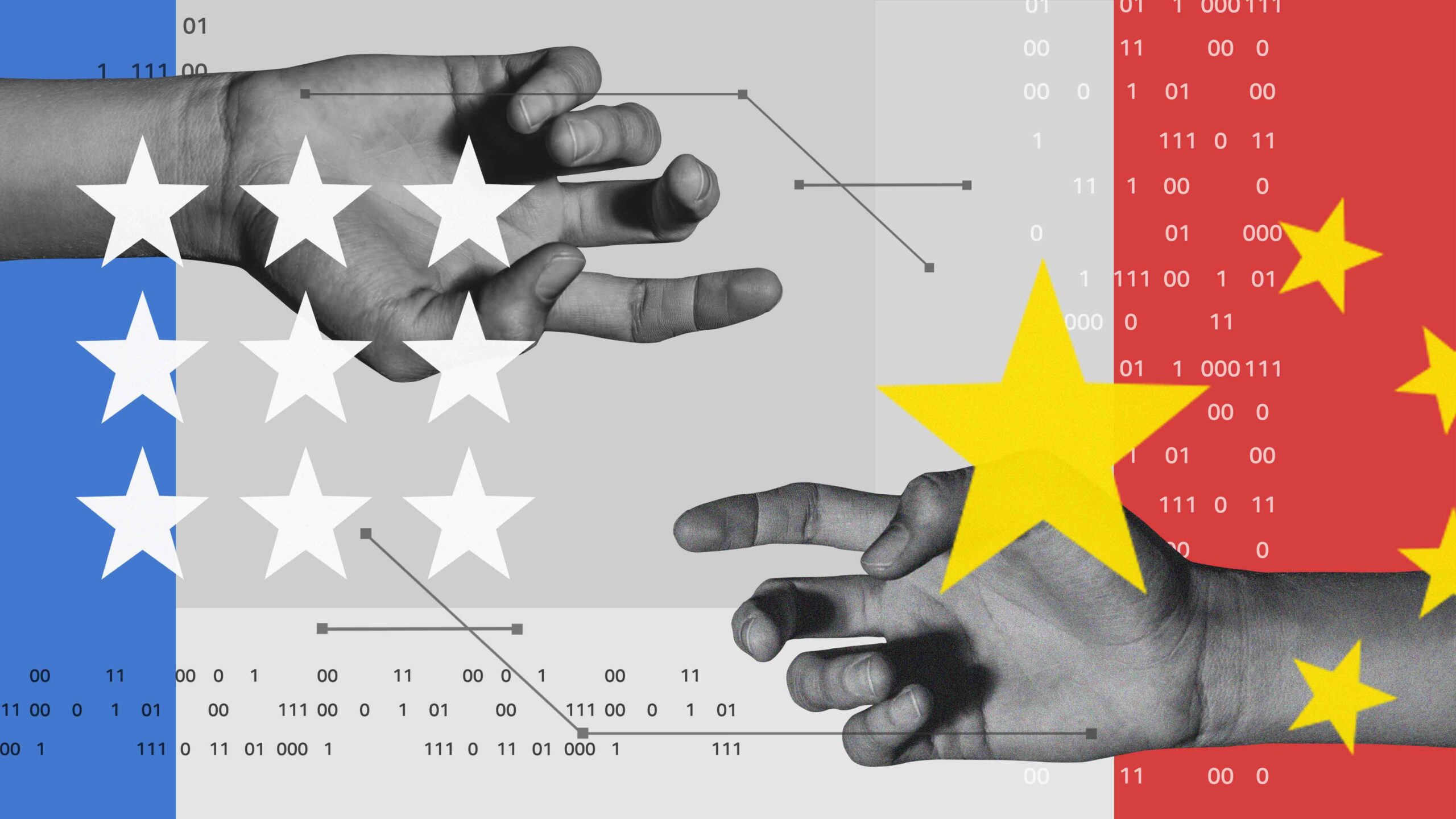In an era where data and perception shape reality, China AI information warfare is redefining how nations compete on the global stage. Moving beyond traditional propaganda, China is deploying artificial intelligence to monitor global sentiment, manipulate narratives, and expand its geopolitical reach especially in regions like Taiwan, Hong Kong, and potentially the United States.
Backed by state funding and cutting edge A.I technology, Chinese firms are launching sophisticated influence campaigns, raising serious alarms among cybersecurity experts and intelligence communities.
A recent trove of internal documents and analyses by American intelligence agencies reveals how Chinese companies with close government ties have developed and tested AI driven tools to manipulate public opinion. These firms deploy advanced language models, sentiment analysis, and behavior prediction algorithms to shape digital discourse across borders.
One such company (its identity remains classified) has reportedly launched multiple campaigns targeting Hong Kong’s pro democracy movement and Taiwan’s independence sentiment. These efforts involve using AI generated content, bots, and fake social media accounts to amplify narratives aligned with Beijing’s political goals.
Taiwan’s Election Cyber Disruption
In Taiwan’s 2024 elections, thousands of social media posts appeared overnight promoting Beijing friendly candidates while undermining pro independence figures. Experts from the CyberSpace Research Institute of Asia (CRIA) found that the posts were linguistically complex, context-aware, and generated using fine tuned AI models trained on Taiwanese dialects.
This wasn’t just troll activity, said CRIA’s lead analyst, Jun-Ho Lee. This was a full fledged China AI information warfare operation designed to influence voter behavior with surgical precision.
The process behind China’s strategy can be broken into three distinct phases. A.I scans forums, blogs, and social media in real time to assess the emotional and political pulse of a population. Machine learning is used to predict how narratives evolve and identify key influencers or communities susceptible to manipulation.
Deepfake videos, AI generated news stories, and coordinated bot attacks spread disinformation designed to confuse, divide, or redirect public discourse. Dr. Linda Grayson, a senior fellow in cyber psychology at MIT, commented. What sets China AI information warfare apart is its psychological depth. It’s not just data driven it’s emotion driven.
Is the U.S the Next Target?
While there’s no public evidence that a campaign has directly targeted American voters, U.S. intelligence agencies are on high alert. Reports from former NSA analysts indicate that Chinese firms have compiled detailed behavioral and political data on key U.S figures, including Congress members and journalists.
A former CIA officer, now cybersecurity advisor for the Department of Homeland Security, noted. They’re collecting profiles who influences policy, who controls the narrative. They haven’t acted in the U.S. yet, but the infrastructure is being built. China AI information warfare is preparing the battlefield.
This approach mirrors China’s broader Unrestricted Warfare doctrine, where war is not confined to bullets and bombs, but played out in information spaces and digital ecosystems. The global community now faces a profound ethical and strategic challenge: how to defend against AI powered manipulation without sacrificing free speech and digital openness.
Professor Daniel Keller from Oxford University explains. China is exploiting the transparency of democratic societies. In China AI information warfare, AI doesn’t just create propaganda it personalizes it, targeting users based on behavior, emotion, and ideology.
The dilemma for democracies is stark how do you maintain open digital discourse while protecting it from covert weaponization?
On the Frontlines of Digital Propaganda
Emily Wu, a Taiwanese journalist, recalls her personal battle with AI fueled misinformation. I noticed bots replying to my tweets with almost identical messages, using local slang, mimicking real people. It felt eerie like arguing with a ghost army.
She now works with FactCheck.TW, a grassroots initiative using crowdsourced journalism and open source tools to counter disinformation. But even she admits the fight is uphill, AI evolves faster than our defenses. Every time we adapt, they’re already two steps ahead.
Western governments are slowly responding. The U.S Cyber Command has intensified partnerships with tech platforms to detect coordinated influence operations. The European Union has also introduced the Digital Services Act, which requires platforms to disclose algorithmic decision making and content moderation practices.
But experts say more aggressive international cooperation is needed. Cybersecurity strategist John Mitnick warns. What we’re facing with China AI information warfare is a long term psychological campaign one that doesn’t seek to win arguments, but to exhaust the public and erode trust in institutions.
China AI information warfare marks a shift from kinetic to cognitive warfare where the mind, not the battlefield, becomes the target. In this new paradigm, truth is not dictated by facts, but by the loudest voice in the room and increasingly, that voice is artificially intelligent.
The U.S and its allies must treat digital perception as a national security frontier. Otherwise, the very concept of democratic discourse may be rewritten not by citizens, but by algorithms programmed in Beijing.

